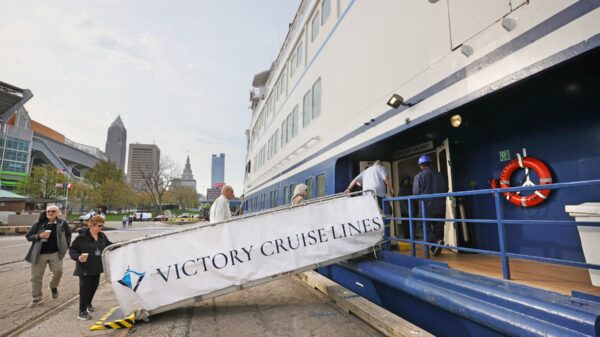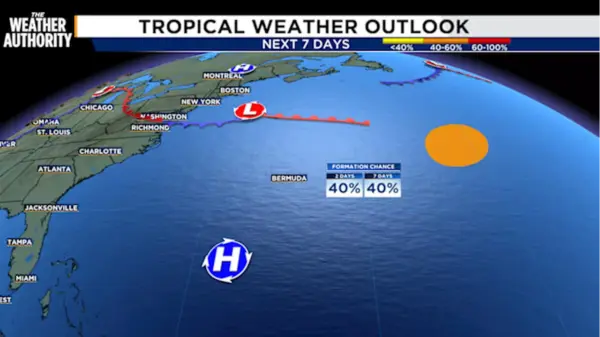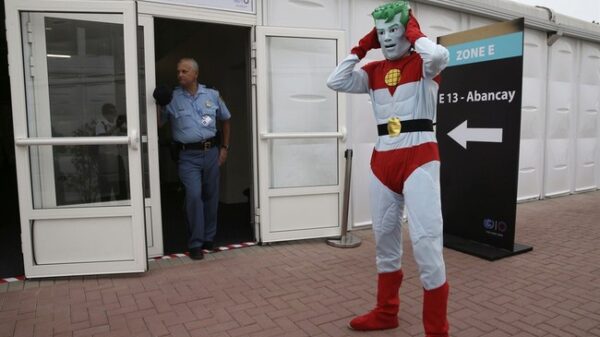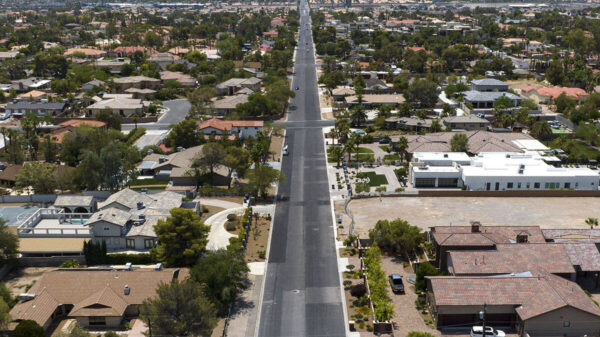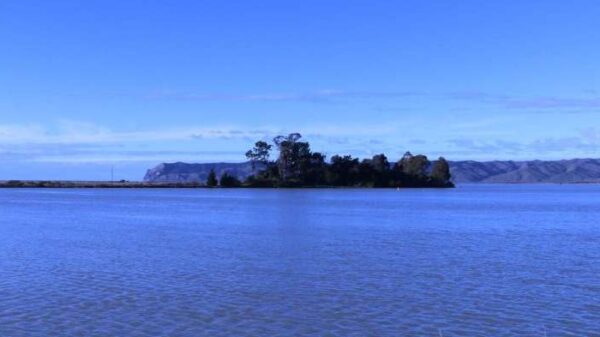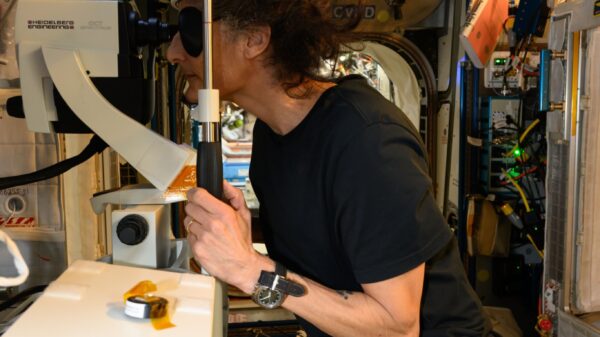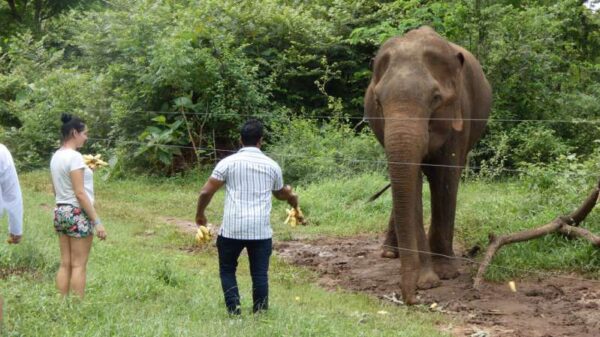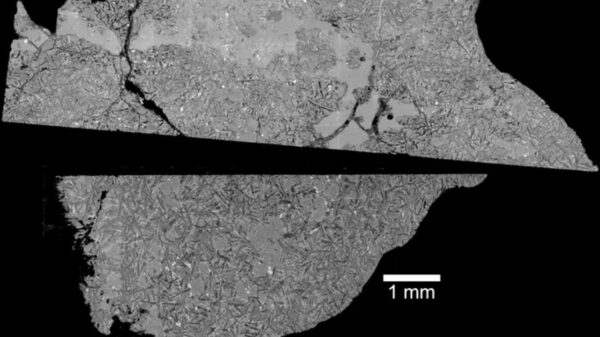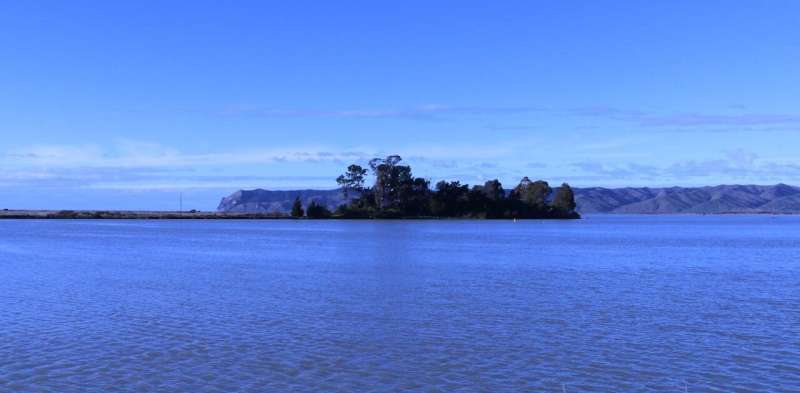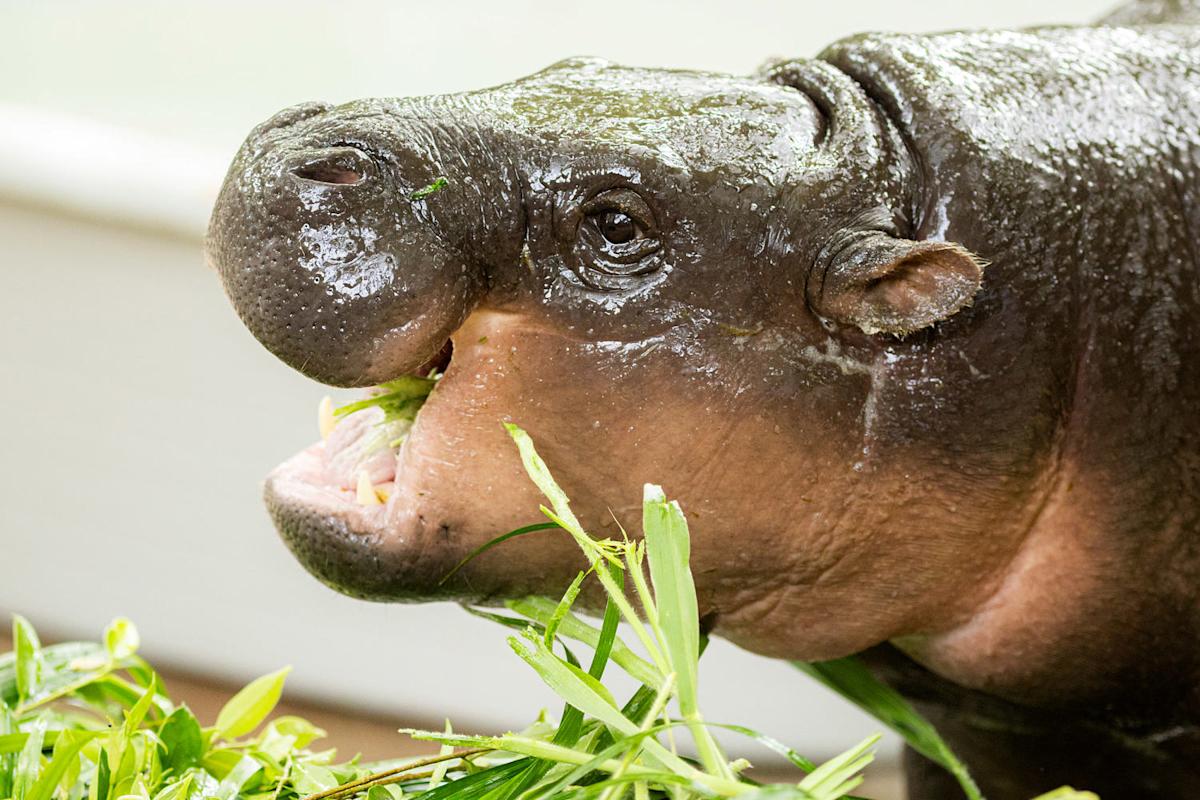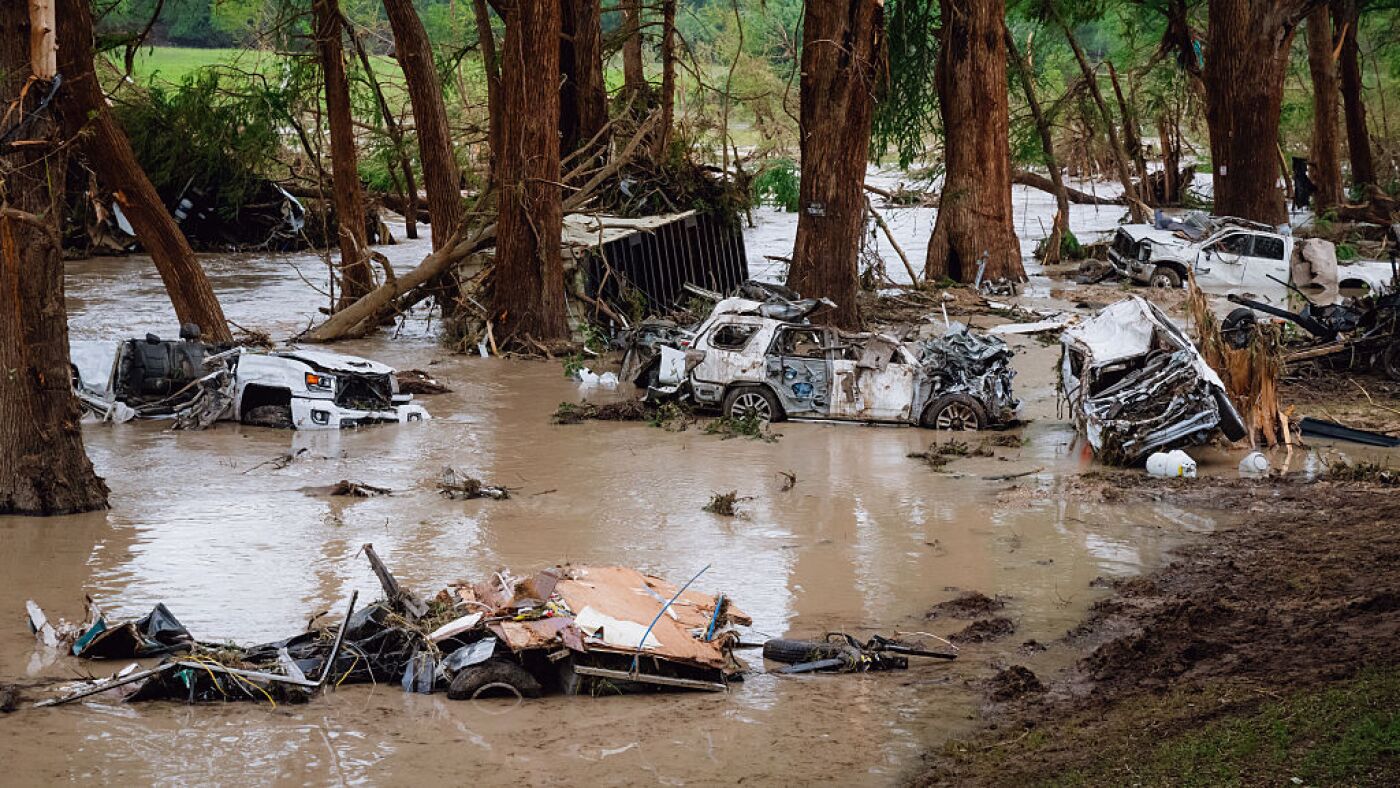A significant archaeological site in Aotearoa New Zealand, known as Te Pokohiwi o Kupe, faces an imminent threat from rising sea levels. Research conducted by Te Rūnanga a Rangitāne o Wairau in collaboration with Earth Sciences NZ reveals that this historic location, near Blenheim, could be severely impacted by climate change, potentially jeopardizing its cultural and archaeological significance.
Te Pokohiwi o Kupe, which dates back to the arrival of the first Polynesian settlers, is crucial for the local iwi, Rangitāne o Wairau. The site holds the remains of early ancestors and various culturally significant artifacts. Its history is intertwined with colonial exploitation, leading to the repatriation of koiwi tangata (ancestral remains) in 2009, marking a pivotal moment for the community.
The research predicts that under current sea levels, approximately 20% of the site could be inundated during a 100-year storm event. This risk escalates dramatically with climate-driven sea-level rise. A projected increase of 50 centimeters by the 2050s could lead to more than half of the site being flooded during similar events. If sea levels rise by one meter by the early 2100s, it is estimated that 75% of the site will face flooding and erosion.
Historical Context and Community Impact
Te Pokohiwi o Kupe has faced challenges throughout its history, particularly in the early 20th century when it was targeted by treasure hunters. Notable excavations began in 1942 under the guidance of ethnologist Roger Duff, despite protests from the Rangitāne community. Tribal elder Hohua Peter MacDonald voiced strong opposition to the removal of ancestors and their burial goods, but the tribe could not halt the excavations.
In 2003, Rangitāne presented their claims to the Waitangi Tribunal, which ruled that the Crown had breached the Treaty of Waitangi in its dealings with the iwi. Following this decision, negotiations led to the return of land parcels at Te Pokohiwi, close to where ancestors had been taken. The returned remains facilitated a collaborative agreement among the University of Otago, Canterbury Museum, and Rangitāne for research before reburial.
Future Risks and Collaborative Solutions
The recent study utilized high-resolution analysis to evaluate the risk posed by sea-level rise and coastal changes to archaeological treasures and sacred sites at Te Pokohiwi o Kupe. By integrating knowledge from Rangitāne hapū (sub-tribal groups) regarding the site’s boundaries with advanced topographic data, researchers mapped potential exposure to flooding from storms and high tides. Findings align with the latest projections from the Intergovernmental Panel on Climate Change, emphasizing the increasing threat to this culturally rich site.
While this research sheds light on flooding risks, it also acknowledges the area’s vulnerability to tsunami hazards. Ongoing studies, supported by a Natural Hazards Commission grant, aim to broaden understanding by combining various inundation risks with local experiences. This community-led approach seeks to develop inclusive strategies for mitigating the impacts of climate change.
For Rangitāne, Te Pokohiwi o Kupe is more than an archaeological site; it is a vital connection to their identity, responsibilities, and heritage. While its historical significance is widely recognized, the potential loss of this site poses profound implications for the ability of Rangitāne to maintain their relationship with the land. The community is not only focused on preserving what remains but also on ensuring that the connection to Te Pokohiwi persists amidst changing landscapes.
As threats from rising seas and erosion intensify, the challenge for Rangitāne lies in safeguarding their cultural heritage while adapting to the realities of climate change. The ongoing dialogue about adaptation strategies reflects a commitment to protecting sacred sites and the enduring relationships that define the Rangitāne identity.


